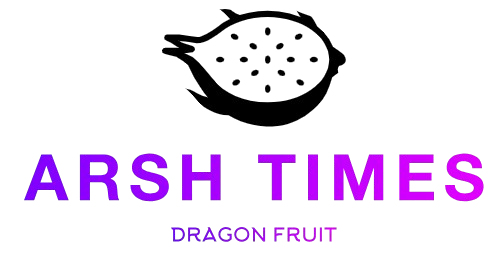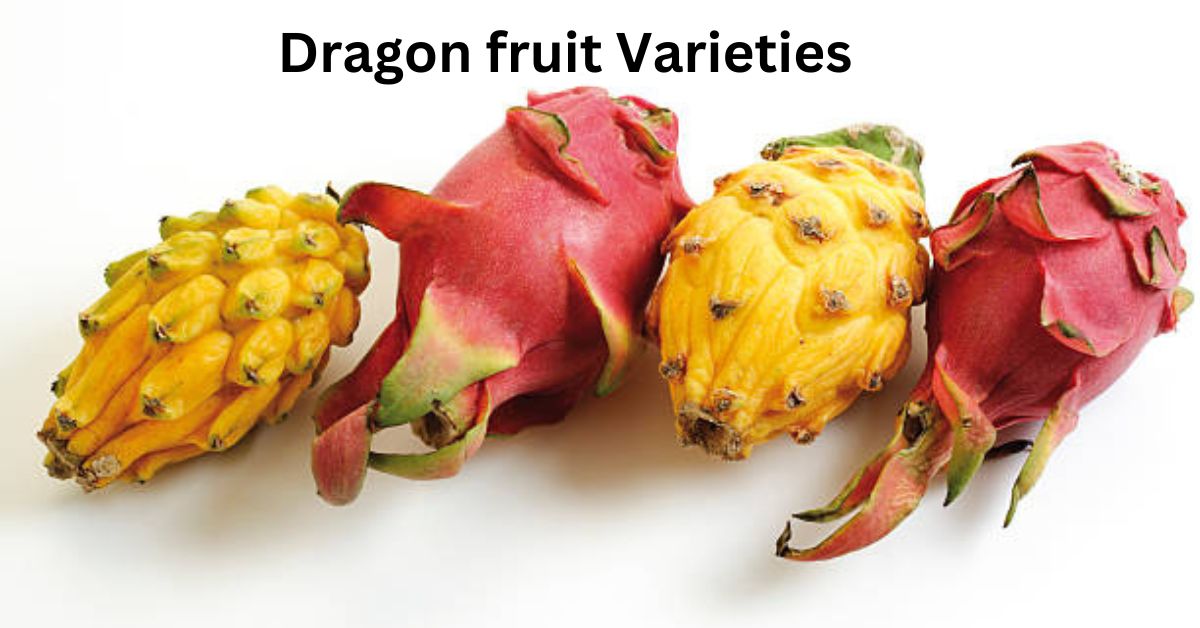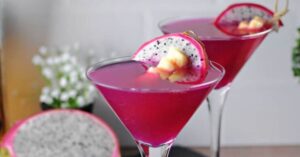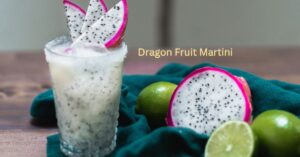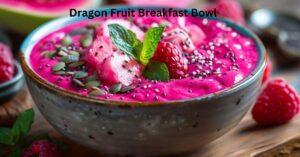
Discover the secrets of dragon fruit! This ultimate guide explores the top three Hylocereus varieties, helping you choose the perfect one based on taste, texture, and color. Find out which dragon fruit suits your needs best!
Introduction
The Allure of Dragon Fruit
Dragon fruit, also known as pitaya, is one of the most visually striking tropical fruits, prized for its vibrant colors, refreshing taste, and health benefits. With its bright pink, yellow, or red skin and speckled white or red flesh, this exotic fruit has become a favorite among health-conscious individuals, chefs, and fruit lovers worldwide.
But not all dragon fruits are the same! The most commonly cultivated species, Hylocereus varieties, comes in multiple varieties, each with unique flavors, textures, and uses. Understanding these differences will help you pick the perfect dragon fruit for your taste buds and culinary needs.
In this comprehensive guide, we explore the three most popular Hylocereus varieties :
- Hylocereus varieties undatus (White-Fleshed Dragon Fruit) – Classic and mildly sweet
- Hylocereus varieties costaricensis (Red-Fleshed Dragon Fruit) – Bold, vibrant, and intensely flavorful
- Hylocereus varieties megalanthus (Yellow Dragon Fruit) – The rarest and sweetest of them all
Let’s dive into the secrets of dragon fruit varieties and how you can make the best choice!
Why Knowing Your Dragon Fruit Matters
Understanding the differences between dragon fruit varieties can enhance your overall experience in multiple ways:
Better Taste Selection – Each variety has a distinct flavor profile, ranging from subtle sweetness to rich tropical notes. Knowing the differences allows you to select one that matches your preferences.
Versatile Culinary Uses – Some dragon fruit varieties are better for smoothies, while others are ideal for fresh consumption or desserts.
Smarter Growing Decisions – If you’re planning to grow dragon fruit, knowing the specific variety can help you adjust your care techniques for optimal results.
Meet the Stars:
The Top 3 Dragon Fruit Hylocereus Varieties
1. Hylocereus varieties undatus (White-Fleshed Dragon Fruit) – The Classic Favorite
Best for: Everyday eating, salads, and mild smoothies
This is the most common variety found in grocery stores. It is known for its refreshing sweetness, balanced by a mild tang.
- Skin Color: Bright pink or magenta with striking green scales
- Flesh Color: White, speckled with tiny black seeds
- Taste: Mildly sweet, with subtle citrus or pear-like undertones
- Texture: Soft, juicy, and slightly crunchy due to the seeds
- Shape: Typically oval or oblong
- Availability: The easiest variety to find worldwide
Why choose it? If you’re new to dragon fruit, this Hylocereus variety is a safe and delicious choice with a pleasant, balanced flavor.
2. Hylocereus varieties costaricensis (Red-Fleshed Dragon Fruit) – The Vibrant Showstopper
⭐ Best for: Smoothies, desserts, and colorful presentations
This variety, also known as Costa Rican Pitaya, is prized for its stunning deep red or magenta flesh, which makes it a favorite for smoothies and fruit bowls.
- Skin Color: Deep magenta to purplish-red with bright green scales
- Flesh Color: Rich red or purplish-red
- Taste: Sweeter and more intense than white-fleshed varieties, with berry-like undertones
- Texture: Smooth and creamy, with a stronger flavor profile
- Shape: Slightly more rounded or pear-shaped
- Availability: Less common but gaining popularity
- Why choose it? If you want a bolder, sweeter flavor and an eye-catching fruit for recipes, this is the perfect pick!
3. Hylocereus varieties megalanthus (Yellow Dragon Fruit) – The Sweetest Treasure
Best for: Snacking, gourmet dishes, and special occasions
The rarest of the three, yellow dragon fruit is famous for its exceptional sweetness and golden-yellow skin. It is considered a luxury fruit due to its unique flavor and limited availability.
- Skin Color: Bright yellow with smaller, softer scales
- Flesh Color: White, dotted with tiny black seeds
- Taste: Extremely sweet and fragrant, with hints of honey, pineapple, and pear
- Texture: Extra juicy, with a slightly firmer consistency
- Shape: Oval or oblong
- Availability: The least common variety, often found in specialty stores
- Why choose it? If you’re looking for a decadent and naturally sweet experience, yellow dragon fruit is an absolute must-try!
Quick Comparison Chart: Which Dragon Fruit Is Right for You?
| Feature | H. undatus (White) | H. costaricensis (Red) | H. megalanthus (Yellow) |
| Skin Color | Vibrant pink/magenta | Deep magenta/purplish-red | Radiant bright yellow |
| Flesh Color | Pristine white | Captivating deep red/purplish-red | Pristine white |
| Taste | Mildly sweet, refreshing | Sweeter, intense, tangy | Exceptionally sweet, aromatic |
| Shape | Oval/oblong | Rounded/pear-shaped | Oval/oblong |
| Availability | Most common | Less common | Least common |
How to Choose the Perfect Dragon Fruit
For Everyday Refreshment → H. undatus (White-Fleshed) is a great go-to option for mild sweetness and easy availability.
For Bold & Vibrant Flavor → H. costaricensis (Red-Fleshed) is ideal for smoothies, desserts, and fruit bowls.
For a Sweet Indulgence → H. megalanthus (Yellow-Fleshed) offers an unparalleled tropical sweetness, perfect for special occasions.
Beyond the Basics: Other Factors That Differentiate Dragon Fruit
While the skin and flesh color are the most noticeable differences, other subtle features include:
Plant Growth & Flowers – Some varieties produce larger flowers and faster-growing vines.
Growing Conditions – Yellow dragon fruit may need slightly warmer climates than the others.
Seed Size & Texture – The seeds in yellow dragon fruit are slightly larger, giving it a unique crunch.
Conclusion
Embrace the Diversity of Dragon Fruit
Dragon fruit isn’t just a beautiful fruit—it’s a delicious and versatile superfood! By understanding the key differences between white, red, and yellow Hylocereus , you can make better choices based on your taste and needs.
Whether you’re looking for a refreshing snack, a colorful smoothie ingredient, or an exotic delicacy, there’s a dragon fruit variety that’s perfect for you.
Now that you know the secrets of dragon fruit, which variety will you try next? Let your taste buds decide!
